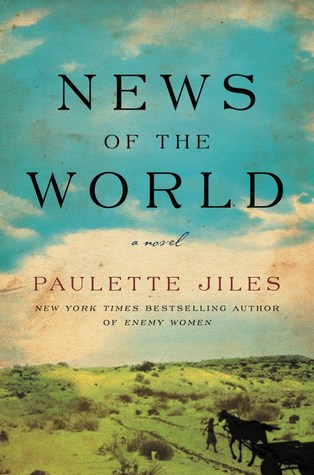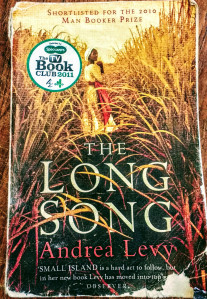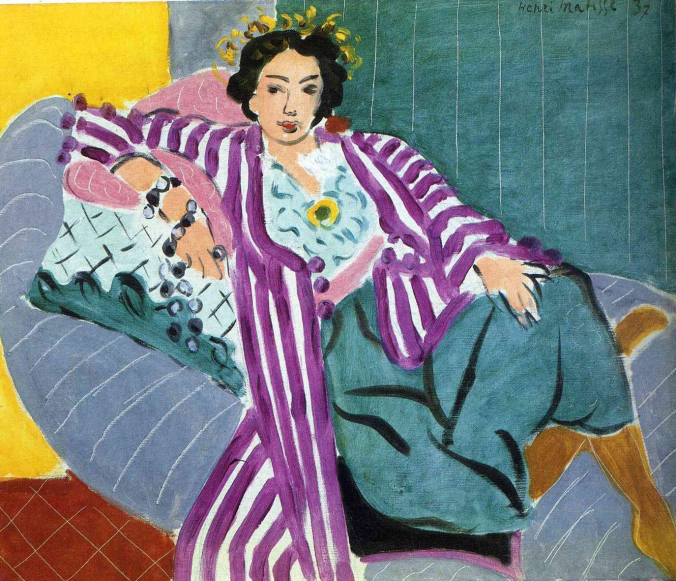
Small Odalisque in Purple Robe by Henri Matisse, 1937, Private Collection.
It is one thing to admire the art of dress, it is another thing entirely to be its living embodiment. And yet, that is exactly what the enchanting, inimitable Tziporah Salamon represents: a walking painting.  Each of Tziporah’s thoughtfully-crafted ensembles are a work of art, beautifully composed from a lifetime of collecting clothing and accessories from around the world and throughout history. Liquid Chinese-embroidered silk jackets in bright magenta, floral-sprinkled beach pajamas paired with the perfect green hat, a self-styled turban fashioned from Japanese ikat–such are the things that dreams are made of–or quiet literally, the visual manifestation of one woman’s life lived in color. To see Tziporah is to smile.
Each of Tziporah’s thoughtfully-crafted ensembles are a work of art, beautifully composed from a lifetime of collecting clothing and accessories from around the world and throughout history. Liquid Chinese-embroidered silk jackets in bright magenta, floral-sprinkled beach pajamas paired with the perfect green hat, a self-styled turban fashioned from Japanese ikat–such are the things that dreams are made of–or quiet literally, the visual manifestation of one woman’s life lived in color. To see Tziporah is to smile.
Tell us about yourself and what you do as it relates to the history of fashion and dress.

Photograph by Ivy Ney.
As the daughter of parents who both sewed for a living, I grew up surrounded by cloth. My parents, Hungarian Jews, were accomplished craftsmen, with highly evolved skills. They both made all my clothes. From day one, I was swathed in the clothing of royalty – measured and fit to my exact measures and designed and executed to perfection by both of them. Dad was a master tailor who survived the Holocaust by sewing the Nazi uniforms (and you know how perfect those were) and mom could not only sew, but knit, crochet and embroider. So not only did I have the perfect sky blue hand-knit sweater to pair with the perfectly forming accordion pleats navy blue skirt which sometimes turned into a jumper, but the sweater would have a wreath of flowers, or a few birds, embroidered to it. The same with the royal blue velvet dress with ruffles on the bottom. Or my father’s red toggle button wool coat with a Little Red Riding Hood hood. Or his knickers, and shorts with suspenders. My clothes were the stuff of dreams, of royalty, of Hollywood glamour.
To top it off, my Aunt Yoli, my Doda Yoli, my father’s favorite sister, after surviving Auschwitz, ended up in America, while my father ended up in Israel. Over one weekend, while in NYC, the course of her life was changed forever when she met a rich Texan, who took her back to San Antonio where he happened to be the Vice President of Neiman Marcus, the best Dept store in America in the 50’s. When she learned that her favorite brother just had two little girls, she went shopping. And shop she did. On a regular basis, we would receive packages from the store filled to the brim with the most luscious, well-made, fashionable girls clothes of the day. I wore the same clothes picked out by Jacqueline Kennedy’s mother and aunts for young Jackie. So that from day one I had on my body the best clothes that hands could make, and the best clothes that money could buy. The bar was set very high indeed!
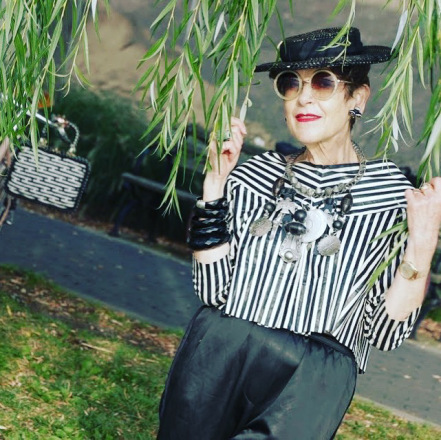
Photograph by Kal Naga.
Fast forward to today, where I travel the world to teach The Art of Dressing Seminar, a 2hour master class in which I use my own extensive collection of antique clothes and accessories to teach the principles of design. I have also just published a book, THE ART OF DRESSING: Ageless, Timeless, Original Style, published by Rizzoli. It is a beautiful book of which I am most proud. I have a one-woman show called THE FABRIC OF MY LIFE, a sartorial autobiography and TZIPPY’S TALES, a chronological visit of one woman’s wardrobe through the decades, a show and tell – both of which I have performed at various venues, with my next Tzippy’s Tales to be performed at the Jewish Museum, NY on Nov 30th.

Photograph by Yaniv Edry.
Why is the study of fashion and dress history important to you? Because I believe that I was put on this planet to raise the bar when it comes to dressing and style. It is desperately needed.
In addition, it is a way to honor my parents.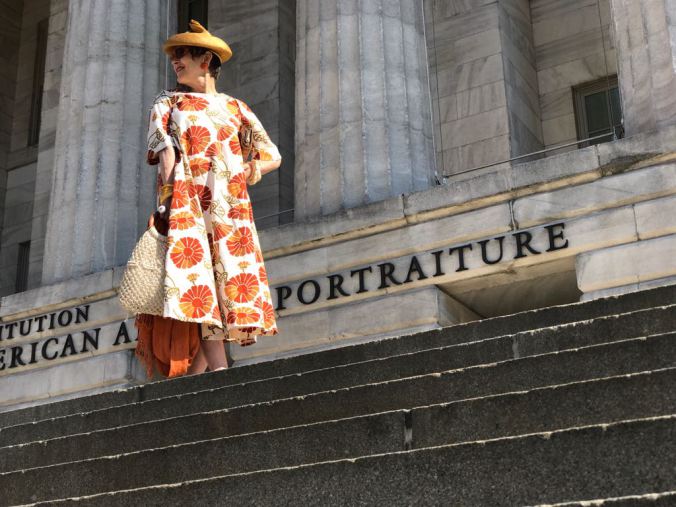
Photograph by Kal Naga.
In your opinion, is fashion art? Fashion CAN be art – if you take it to that level. Absolutely. But it must be carefully rendered and follow certain principles of design and be worthy of being called art. Sadly, most of the clothing of today and the way women choose to wear them and how they are portrayed in fashion magazines is NOT art. Fashion as art must be cultivated, studied, thought about, making careful choices. It starts with a hunger and takes discipline and refinement and discernment. And most importantly, takes a knowing of oneself.

Rei Kawakubo for Comme des Garçons. 18th-Century Punk, autumn/winter 2016–17; Photograph by © Paolo Roversi.
Favorite fashion designer, past and present: Rei Kawakubo of Comme des Garçons.
If you could recommend one fashion or dress history related book to Art of Dress followers, what would it be? I guess it would have to be my book,THE ART OF DRESSING: Ageless, Timeless, Original Style, published by Rizzoli.
If you could recommend one movie for the period costumes alone, what would it be? FLOWERS OF SHANGHAI, by Hsiao Hsien Hou For a wonderful slideshow of the evolution of Tziporah’s style, please visit here. More on the her seminar THE ART OF DRESSING SEMINAR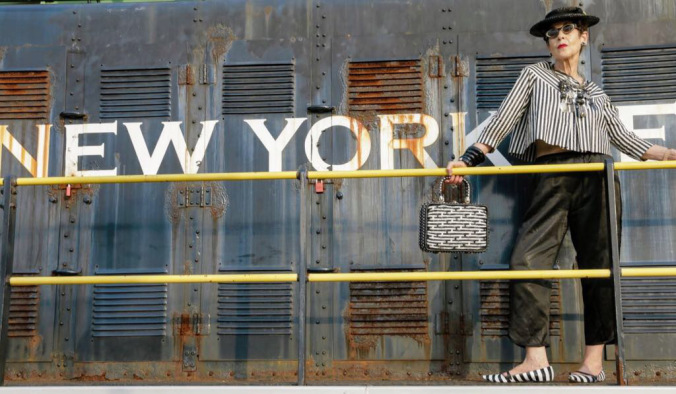
Photograph by Kal Naga.
Advertisements Share this:

